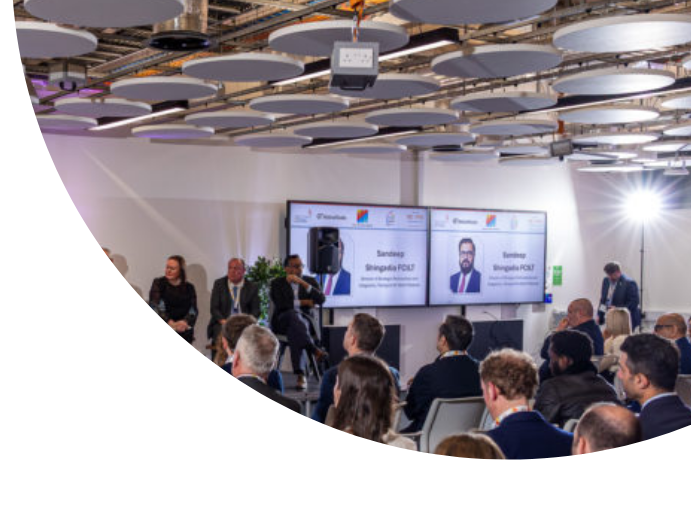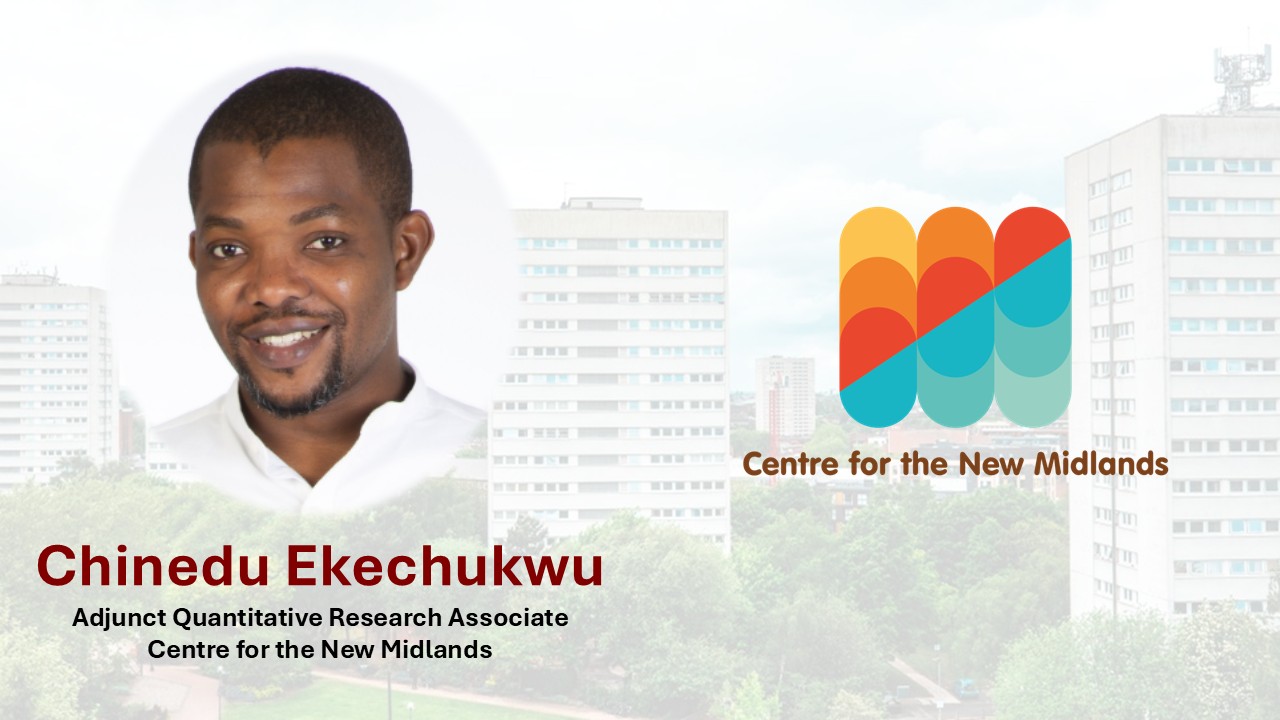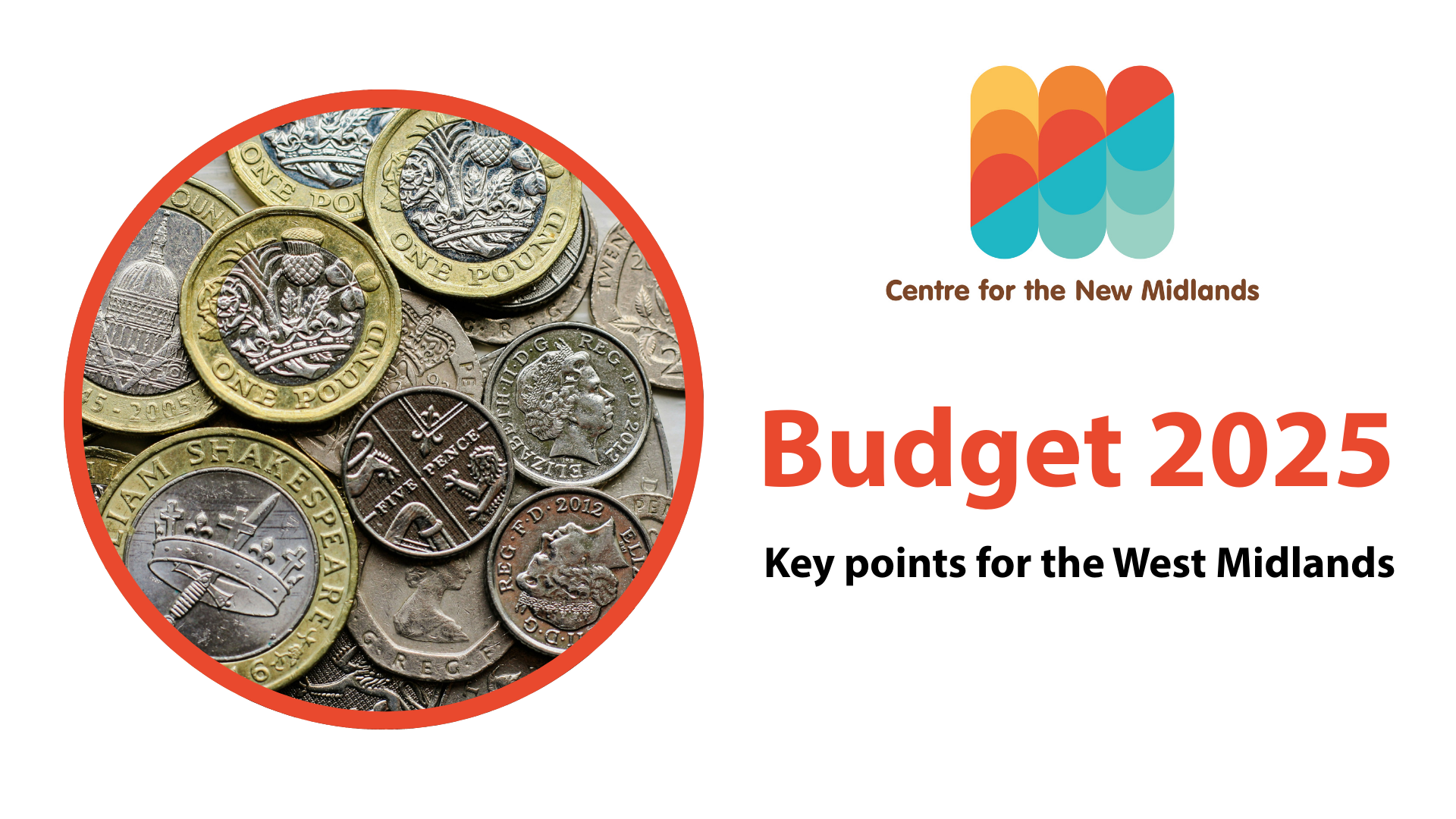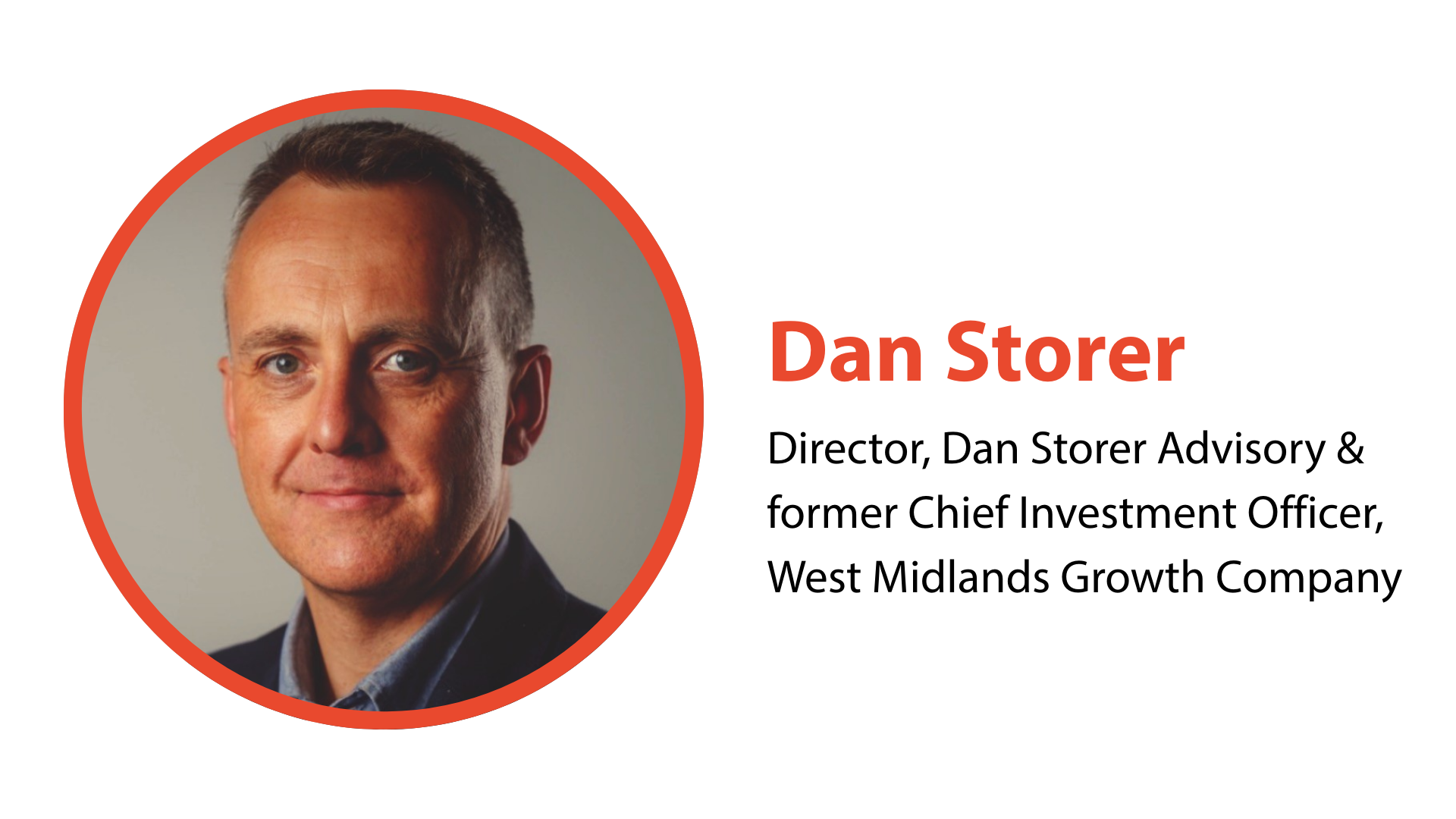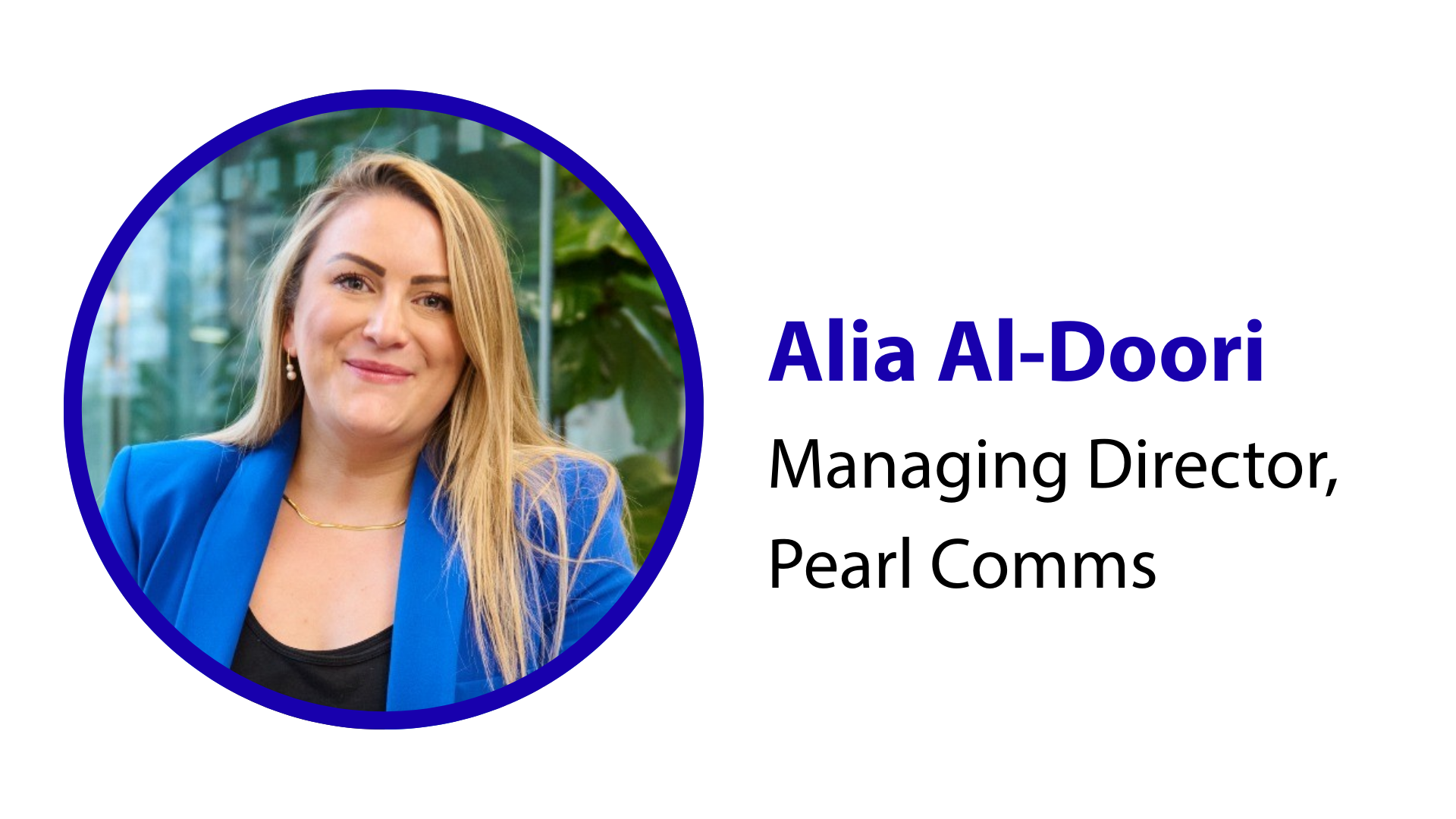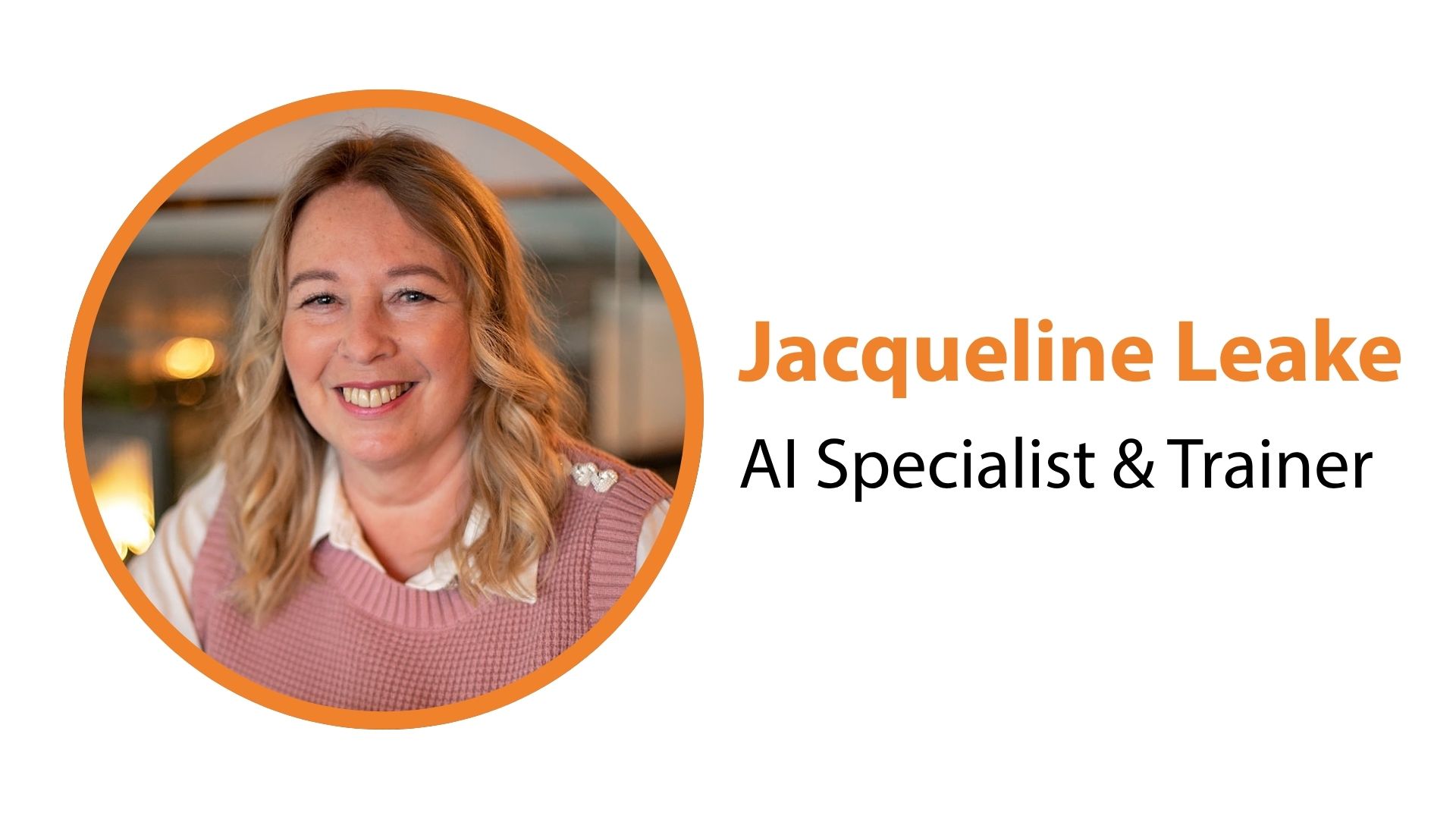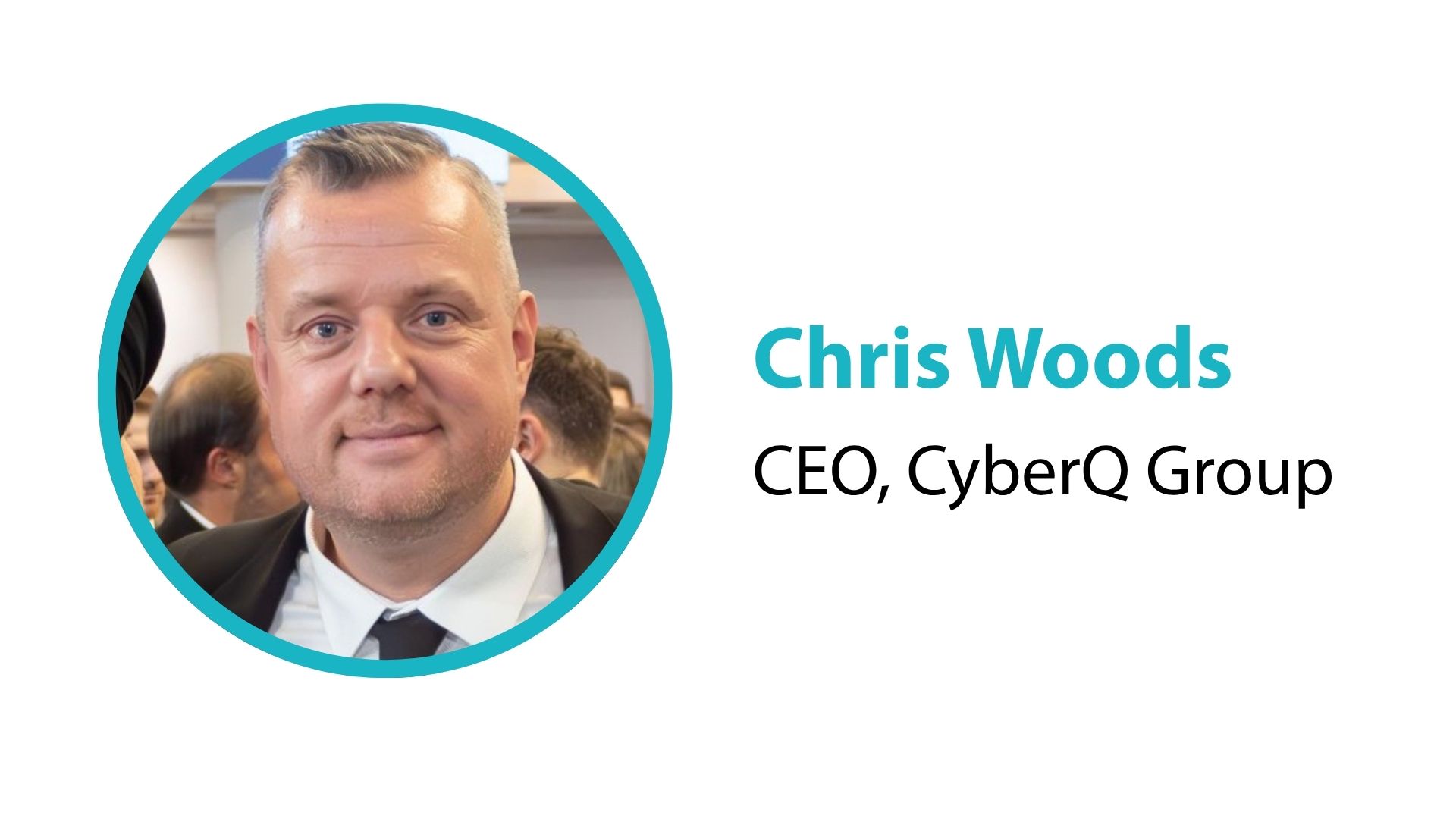“Across the UK, social housing providers are grappling with a growing crisis: persistent damp and mould, particularly in older properties with poor ventilation and inadequate heating systems. For tenants, the effects are more than just discomfort—they impact health, wellbeing, and trust in the system designed to support them.”
In this article, Chinedu Ekechukwu (Adjunct Quantitative Research Associate, Centre for the New Midlands) explores the opportunity and challenges associated with the use of IoT (Internet of Things) and Artificial Intelligence (AI) to tackle damp and mould in Social Housing.
(May 2025)
Across the UK, social housing providers are grappling with a growing crisis: persistent damp and mould, particularly in older properties with poor ventilation and inadequate heating systems. For tenants, the effects are more than just discomfort—they impact health, wellbeing, and trust in the system designed to support them.
In the West Midlands, a recent evaluation by the Centre for the New Midlands (CNM) shed light on the scale and complexity of this issue. Drawing on technical analysis of over 2,400 properties, interviews with senior management and housing officers, and direct engagement with tenants, the study found that the root causes of damp and mould are often heating and ventilation-related and exacerbated by fuel poverty and the ongoing cost-of-living crisis.“We’ve had inspections for three years, but no actual repairs. It just keeps getting worse.” – Tenant interview participant
Understanding the Challenges
The findings are stark: tenants living in homes with internal bedroom temperatures of just 12°C, children sleeping in cold and potentially hazardous conditions, and a mounting sense of frustration due to long repair wait times and poor communication from landlords.
From the provider’s side, the cost of disrepair litigation is spiralling. Too often, funds that could be spent on proactive repairs are redirected into legal defence. What is needed is a shift from reactive fixes to a proactive, data-driven approach that keeps homes healthy and safe.
Enter the promise and the challenge of Internet of Things (IoT) environmental monitors.
The Role of IoT: When Promise Meets Reality
The rise of Internet of Things (IoT) technology has brought with it immense potential for transforming the way we maintain and manage homes. In particular, sensor networks that track temperature, humidity, ventilation, and air quality in real time are increasingly being considered a critical tool for ensuring safe and healthy living conditions especially in social housing. Coupled with AI-driven analytics, these technologies can go beyond simple monitoring. They can help detect patterns that signal deterioration or emerging maintenance needs, allowing interventions to be made before problems become critical. The vision is compelling: a proactive, data-driven housing system that prevents disrepair and enhances well-being.
But as with many promising innovations, the path from theory to practice is far from straightforward.
One of the first challenges is tenant trust. Understandably, many residents are uneasy about having sensors installed in their homes, fearing that these tools may be used to monitor their behaviour rather than support their comfort. Without transparent communication about what data is being collected, how it will be used, and who will have access to it, IoT risks being seen less as a helpful service and more as a form of surveillance.
Closely linked to this is the question of data governance. In social housing where power imbalances are often already present, concerns around ownership, access, and control over data are particularly sensitive. If tenants do not have a clear say in how information about their home environments is handled, the trust deficit only widens.
Then there is the role of artificial intelligence. When AI is used to prioritise repairs or allocate resources, it must be subject to high ethical standards. Systems should be explainable and auditable, and must be actively checked for bias. The goal is not to replace human judgement, but to support it—particularly when decisions affect people’s dignity and basic living conditions.
If IoT and AI are going to live up to their promise, they must be guided by principles that prioritise fairness, openness, and trust. The FAIR data principles offer a useful foundation: ensuring that data is Findable, Accessible, Interoperable, and Reusable. This means tenants should always know what is being collected and why; they should be able to access their own environmental data without barriers; the information should feed directly into housing services that take meaningful action; and the data should inform long-term planning not just reactive or cyclic fixes.
Ultimately, the promise of IoT lies not in the technology itself, but in how we choose to use it. With the right safeguards, transparency, and tenant engagement, digital tools can help create housing systems that are more responsive, more preventative, and more humane. Crucially, this model must be collaborative. Tenants should be co-creators of the monitoring process, involved in decisions about where and how sensors are used and given a voice in interpreting the results.
From Random Sampling to Responsible Monitoring
Turning this vision into practice means rethinking how monitoring is done on the ground. Random sensor sampling alone is no longer sufficient. Smart monitoring must be embedded within a broader ecosystem of tenant engagement, robust repairs protocols, and responsive asset management.
As the UK government seeks to introduce the Future Homes Standards (Upcoming Regulation, 2025+ for New Builds) and prioritise retrofit through programmes like the Social Housing Decarbonisation Fund (SHDF), IoT and AI can support both compliance and tenant wellbeing but only if they are introduced with ethics and empathy at the core.
The Way Forward
For IoT suppliers, housing associations, and landlords alike, the question is no longer “Should we use smart technology?” but rather “How do we use it responsibly?”
To truly improve housing standards and rebuild tenant trust, the sector must invest in solutions that are not only smart but fair, ethical, and human-centred.
ABOUT OUR AUTHOR:
Chinedu is a civil engineer and doctoral candidate at the University of the West of England’s School of Engineering, specialising in infrastructure sensing, modelling, and simulation. His research focuses on enhancing environmental sustainability in built assets.
He is a Fellow of the Higher Education Academy and has extensive experience in designing and delivering curriculum across UK apprenticeships, further education, and higher education, with a focus on the natural and built environment.
Chinedu also serves as an Adjunct Quantitative Research Associate at the Centre for the New Midlands and as a Built Environment Standards Verifier for Pearson, a global awarding organisation.

